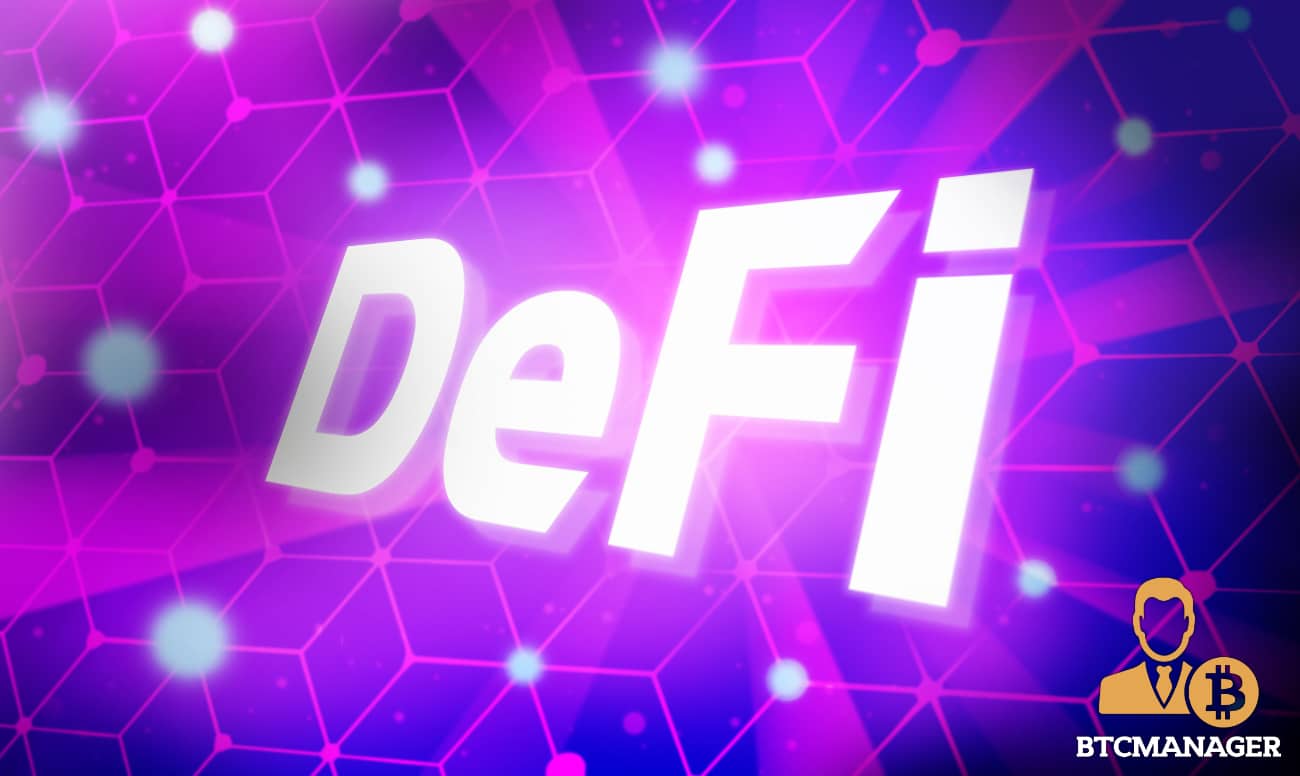How DeFi Is Paving The Path For A New Era Of Open And Inclusive Global Financial Services

Decentralized finance, better known as DeFi, is delivering a paradigm shift in terms of access and use of standard financial tools. By leveraging blockchain technology and cryptocurrencies, DeFi aims to democratize finance by replacing centralized authorities with peer-to-peer infrastructures that can support a range of services.
From banking to lending and borrowing, DeFi is gradually expanding its dominance from banking to lending and borrowing while cementing itself as one of the hottest areas within the blockchain ecosystem.
The Present: Harnessing The Distributed Ledger’s Power
DeFi relies on blockchain and cryptocurrencies, which allows it to employ decentralized peer-to-peer networks built on distributed ledger technology (DLT). As such, it successfully builds trust between parties while eschewing intermediaries and agencies that usually drain users with fees and higher financing costs.
For instance, when you open a traditional savings account, the bank pays a bare minimum interest rate. At the same time, the bank puts the money in your account to work. Banks often invest in multiple asset classes and lend out funds to other clients to earn greater returns from the assets that you own. Unfortunately, they pocket most of the profits and share just a tiny fraction with depositors.
But with DeFi, users are free to choose from a range of financial services, that too without any hassle. There is no tedious paperwork or processes involved, and everything is transparent, secure, and fair. Without geographical restrictions, anyone can enter the DeFi ecosystem to access a range of financial products that distribute better returns relative to legacy products.
Since its inception, DeFi has expanded to include a wide variety of simple and complex financial solutions. Powered by decentralized apps (dApps) and protocols, DeFi products include savings accounts, lending and borrowing, yield harvesting, liquidity pools, flash loans, and much more. To date, the total value locked (TVL) in DeFi products has crossed $147 billion, underscoring rising demand for decentralized financial products and solutions.
The Future: Bridging Real-World Assets To DeFi
As DeFi continues to expand, Centrifuge, a decentralized asset financing protocol, aims to unlock liquidity for real-world assets. The platform, founded in 2017, touts a vision of bridging the gap between lenders and borrowers transparently and at affordable costs, free from intermediaries, rent-seekers, and the inefficiencies of traditional finance.
Only the largest enterprises gain direct access to liquid capital markets and the most attractive financing rates in the existing centralized financial system. Small and medium businesses usually aren’t privy to such opportunities, forcing them to deal with excessive interest rates, unnecessary paperwork, and untold amounts of bureaucracy.
Centrifuge aims to address this challenge by allowing anyone to take real-world assets like invoices, real estate, and royalties, tokenize these assets, and post them as collateral for financing through Tinlake, its asset-backed lending dApp. Besides helping Centrifuge add liquidity to the DeFi ecosystem, this novel model can bring down the cost of capital for small and medium-sized enterprises (SMEs) while rewarding DeFi investors with yield sources that aren’t correlated with volatile crypto assets. At present, Centrifuge’s dApp Tinlake is live and features more than $35 million in total value locked (TVL).
Compared to traditional lending and borrowing models, Centrifuge’s model is faster, more cost-effective, transparent, and inclusive. It provides investors with substantial returns and offers borrowers much lower rates than traditional banks, making it a competitive and compelling blockchain use case. Another notable aspect of Centrifuge is that the platform avoids the ups and downs of the crypto market by using only DAI or other USD-pegged stablecoins like USDC, thus generating non-volatile investment opportunities for crypto holders. At the same time, it unlocks the liquidity of real-world assets, allowing DeFi to tap into a multi-trillion dollar universe.












